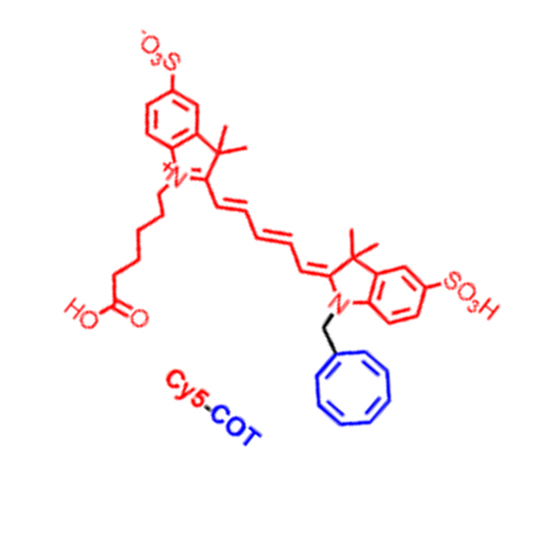Self-Healing Dyes—Keeping the Promise?
13-May-2020
J. Phys. Chem. Lett. 2020, 11, 11, 4462–4480, https://doi.org/10.1021/acs.jpclett.9b03833
J. Phys. Chem. Lett., online article
Self-healing dyes have emerged as a new promising class of fluorescent labels. They consist of two units, a fluorescent dye and a photostabilizer. The latter heals whenever the fluorescent dye is in danger of taking a reaction pathway toward photobleaching. We describe the underlying concepts and summarize the developmental history and state-of-the-art, including latest applications in high-resolution microscopy, live-cell, and single-molecule imaging. We further discuss remaining limitations, which are (i) lower photostabilization of most self-healing dyes when compared to solution additives, (ii) limited mechanistic understanding on the influence of the biochemical environment and molecular oxygen on self-healing, and (iii) the lack of cheap and facile bioconjugation strategies. Finally, we provide ideas on how to further advance self-healing dyes, show new data on redox blinking caused by double-stranded DNA, and highlight forthcoming work on intramolecular photostabilization of fluorescent proteins.











